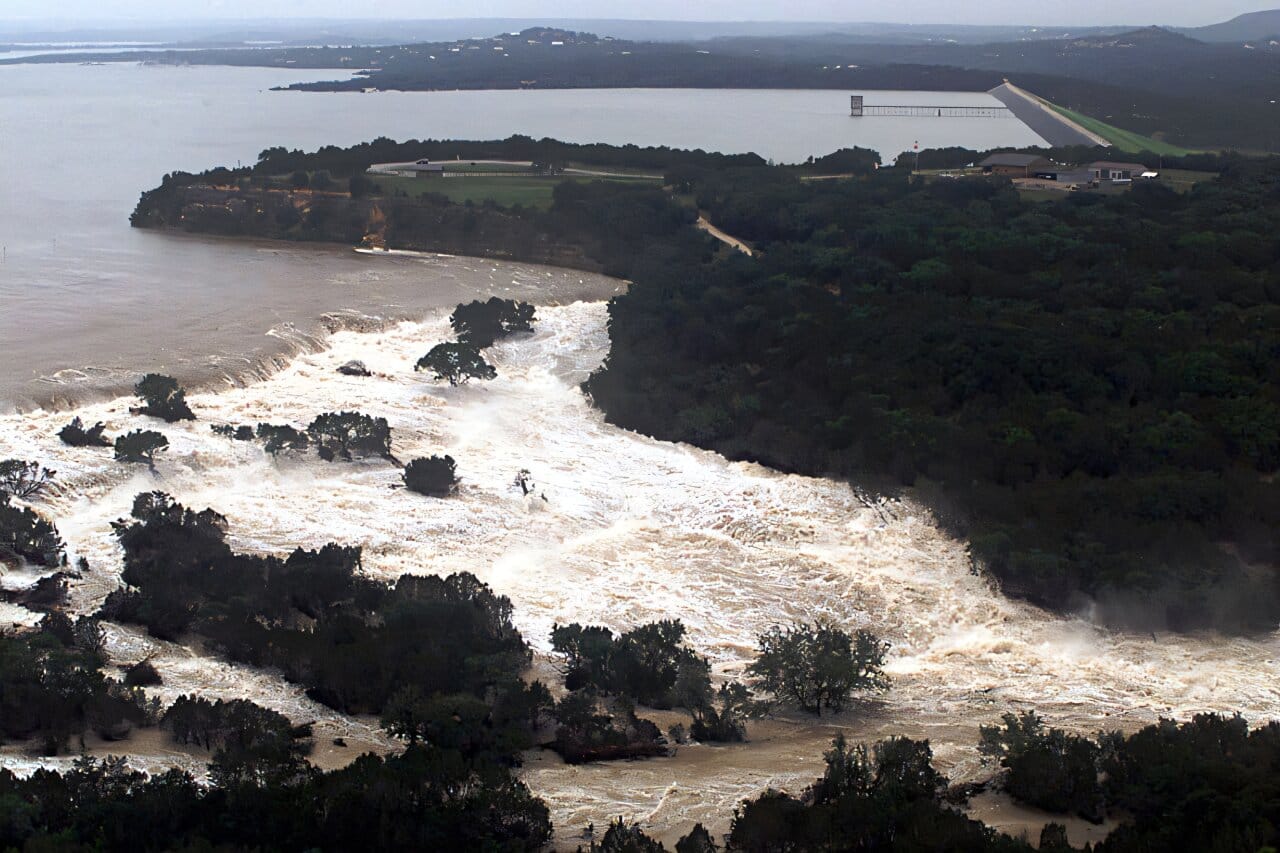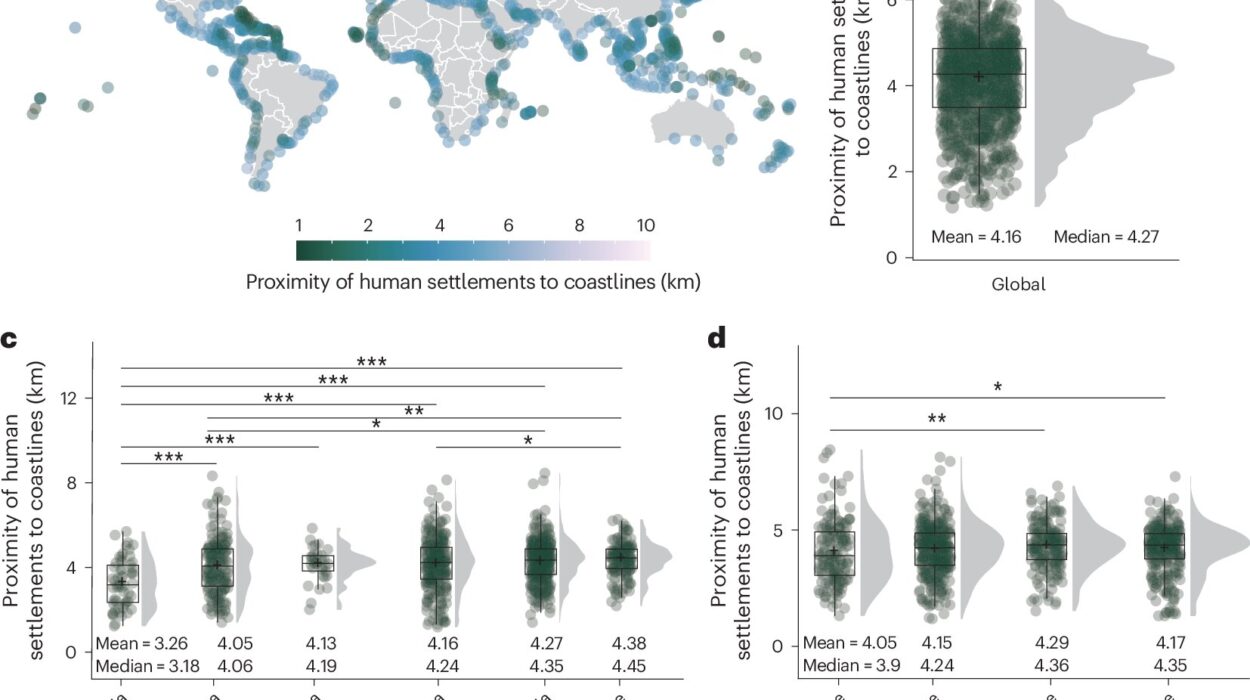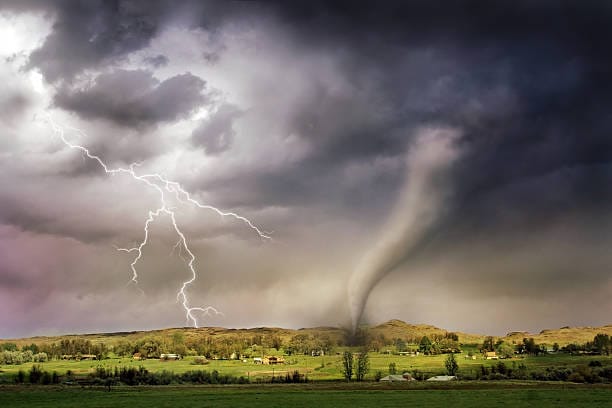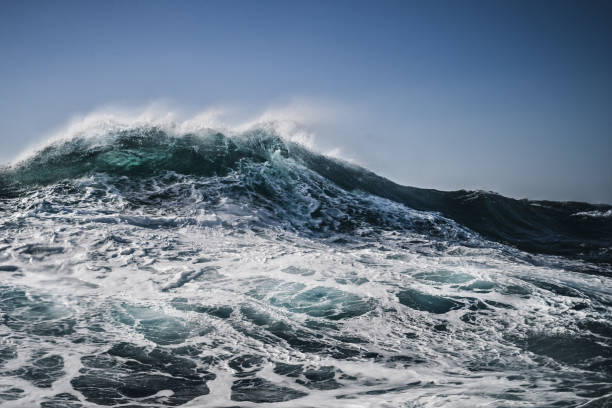In the quiet stretches of river valleys and the folds of American terrain, over 90,000 dams stand like sentinels—some majestic, some modest, all crucial. They’ve shaped the flow of rivers, powered towns, watered farms, and protected cities from floods. Yet behind these concrete walls and earthen embankments lies a growing unease—an invisible pressure not from the water they hold, but from the years they’ve endured.
Time, it turns out, is no friend to dams.
New research from the FAMU-FSU College of Engineering reveals that a growing number of these dams—some towering over 15 meters high, others labeled by FEMA as “high hazard” for their potential to cause loss of life if they fail—are facing an escalating threat: overtopping. This occurs when water in a reservoir rises too high and spills over the crest of a dam, wearing down its structure, weakening its integrity, and sometimes triggering the very disasters the dam was built to prevent.
This is not the kind of drama that draws headlines—until it does.
Fifty Years of Warnings in the Water
What makes this new study, published in Nature Communications, especially urgent is its long lens. Rather than focusing on a single dam or a regional issue, the researchers pulled together five decades of water level data from sites across the United States. From more than 130 initially considered, 33 dams emerged as candidates with long, clean datasets—untainted by upstream interference and statistically sound.
The findings were sobering.
Across nearly every 30-year period examined within that 50-year window, the number of dams showing low, moderate, or high probabilities of overtopping has increased. Meanwhile, those with “very low” or non-critical overtopping risk have declined. What this suggests isn’t just a trend, but a structural shift—a slow-moving tide of risk rising across America’s dam infrastructure.
Most of these dams aren’t minor players. They’re massive structures, crucial to regional water systems and public safety. Almost all were built in an era when the climate was different, hydrological knowledge was limited, and today’s population density downstream was hardly imaginable.
According to Ebrahim Ahmadisharaf, one of the study’s lead authors, it’s a question not just of aging concrete, but aging assumptions. “Decades ago, dam builders used the best available technology knowledge,” he explained. “But things have been changing.”
And those changes—driven by more intense rainfall, altered snowmelt patterns, and increasing sedimentation—are exposing old infrastructure to new realities.
Over the Edge: When Water Tops the Wall
Overtopping isn’t a failure in itself. But it is the crack in the armor. When water flows over a dam’s crest, especially during flood events or major storms, it can erode the materials holding the dam together. Earthfill dams are especially vulnerable to this. Once overtopping starts, the structure may be carved away quickly, triggering collapse in minutes.
According to the Association of State Dam Safety Officials, about a third of all dam failures in the U.S. are directly linked to overtopping—often due to undersized or blocked spillways, or gradual settling of the dam crest that lowers its threshold. Yet most of the public remains unaware of the risks lurking in these massive structures.
The new study doesn’t calculate how likely these dams are to fail, but instead tracks how their probability of overtopping has evolved. That evolution, say the researchers, tells a story of creeping danger—one that’s not just hypothetical but tangible.
Among the most concerning examples were dams located in Texas, Kansas, and California, where high overtopping probabilities were found near cities like New Braunfels, Junction, and Waco. These aren’t remote wilderness reservoirs—they’re near communities where thousands of lives and homes lie downstream.
The Weight of Water and the Pressure of Time
One of the study’s central insights is just how little has been done to adapt old dams to new conditions. Most of the structures examined were built long before climate change became a key factor in engineering calculations. Many were designed to handle what were then considered “extreme” weather events—floods that should occur once in a hundred years.
But in the era of climate disruption, yesterday’s “hundred-year” storms are becoming frighteningly frequent. Record rainfall can now drop in days or even hours, straining reservoirs and spillways to their limits. Meanwhile, sedimentation reduces the effective storage capacity of many dams, making overtopping even more likely.
Despite these mounting concerns, funding for dam repair and modernization remains patchy. In its latest infrastructure report card, the American Society of Civil Engineers gave U.S. dams a D+. That’s not a minor demerit. It’s a red flag waving over the country’s entire water management system.
Seeing the Future in Historical Data
The power of the FAMU-FSU study lies not just in what it reveals about the present, but what it suggests about the future. By showing how overtopping probabilities have changed over time using real-world measurements—not models or estimates—it provides a baseline against which future risk can be compared.
It also offers a stark call to action.
“This information can help dam managers to consider whether they need to revisit their emergency action plans and strategy for operating dams,” said Ahmadisharaf.
But the study also acknowledges its limitations. It didn’t incorporate key variables like spillway design, sedimentation buildup, or extreme inflow events—largely because comprehensive data on those factors is hard to come by. Future research, the team argues, must tackle these complexities head-on. Only then can a full picture of dam risk be painted.
A Looming Reckoning
What’s at stake isn’t just infrastructure—it’s human life and safety. A failing dam can unleash a wall of water that flattens homes, destroys roads, and leaves communities shattered. These aren’t scenes confined to history books. Failures like the Edenville and Sanford Dams in Michigan in 2020—displacing over 10,000 people—are vivid reminders of what happens when water wins.
And the risk is growing, not just because of nature, but because of neglect.
The question facing engineers and policymakers isn’t whether to act, but where to start. With tens of thousands of dams nationwide, identifying those most at risk is essential. That’s where studies like this one make a difference. They transform statistical trends into strategic roadmaps—guides for spending, for upgrades, and for the design of future water infrastructure that can withstand what’s coming.
As co-author Eunsaem Cho, now a research associate at NASA Goddard Space Flight Center, put it: “This study represents the first step toward a comprehensive assessment of dam overtopping probabilities in the U.S. Understanding this potential risk is crucial for protecting communities.”
The Tipping Point
America’s dams were built with vision. They tamed wild rivers, powered booming industries, and secured fresh water for cities and farms. But vision must be followed by vigilance. With every storm that grows stronger and every flood that crests higher, the limits of that vision are being tested.
In this era of environmental extremes, resilience isn’t a luxury. It’s a necessity.
And when it comes to dams, the choice is clear: reinforce or risk collapse. Because water never sleeps, and time always tells.
Reference: Eunsaem Cho et al, Historical changes in overtopping probability of dams in the United States, Nature Communications (2025). DOI: 10.1038/s41467-025-59536-1






